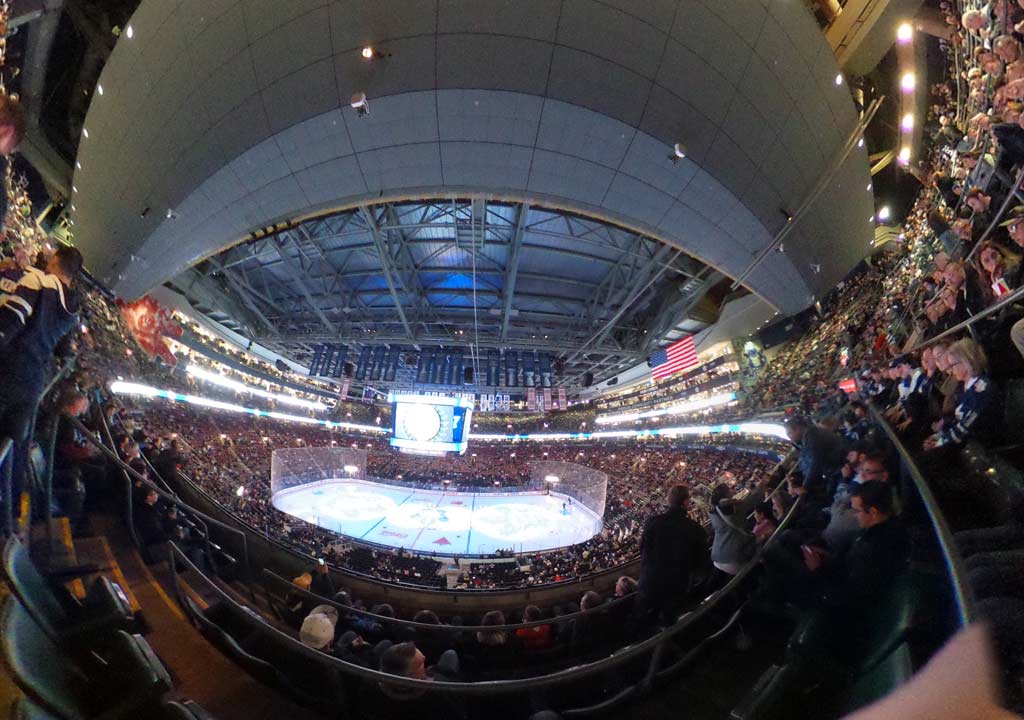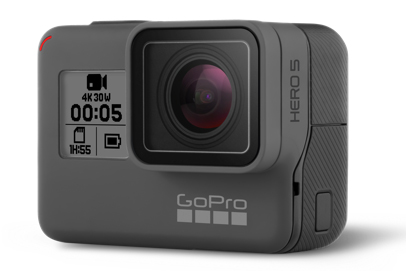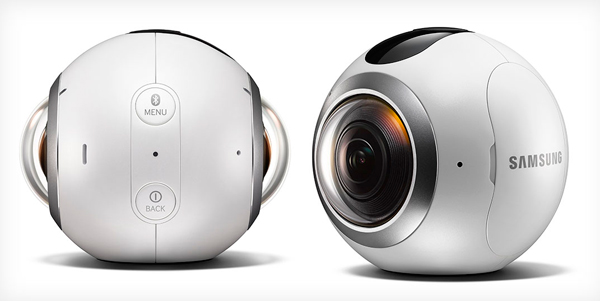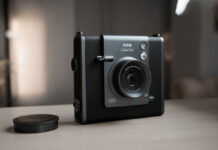
When travelling, you probably want to be ready to capture the most memorable moments and most iconic scenes. Idyllic photos or lively footage are always a simple click away, and with action cams or 360-degree cams, the view widens enough to take in even more of what’s going on.
Photography used to be pretty basic, even in the onset of the digital age. Point at a subject, click, and you have an image or recording. Digital cameras made it easier to change the aspect ratio, like a wider 16:9 frame, or a standard 4:3. Whatever could fit in that frame was what you had to work with. Capturing more of a scene, particularly when it comes to active situations, always came with the caveat of setting up or protecting the camera.
Action cams were largely borne out of this very scenario. When being active includes contact with the elements, the camera needs to keep rolling. Having the ability to shoot on the go with a wider angle to get all those great moments is now easier than ever.
Action Cams
 One reason action cams took off is because they were initially coined as “POV” action cams to indicate that they could be worn for point-of-view imaging. That hasn’t changed, mind you, but the mounting solutions available make it much easier to set up the camera on almost any surface. Stick it onto the side of a fast car for a closer perspective, or point it inward toward you while driving or steering something.
One reason action cams took off is because they were initially coined as “POV” action cams to indicate that they could be worn for point-of-view imaging. That hasn’t changed, mind you, but the mounting solutions available make it much easier to set up the camera on almost any surface. Stick it onto the side of a fast car for a closer perspective, or point it inward toward you while driving or steering something.
Place it on a surfboard to get an incredible view of surfing amidst crazy waves, or keep it strapped to your helmet while skydiving. The cool thing about action cams were that they were built to shoot in these conditions, thanks to waterproof bodies (or cases) and rugged designs made to withstand the elements.
To capture it all, action cams usually have wider-angle lenses with fisheye effects that have the added impact of making action look more dramatic, especially from a POV perspective. Not that it always has to be an action shot. Wearing a GoPro while walking through a market in an exotic location somewhere in the world could be just as interesting as white water rafting from a first-person perspective.
Recording footage or snapping photos is typically as simple as pressing a button, with options to change resolution, aspect ratio and more.
360-Degree Cams
 This is an emerging category and it really stems from the action cam market that has grown in popularity. The main difference off the bat is that action cams shoot in one plane, meaning whatever is in front of the lens. For 360 cams, it is supposed to be a spherical image capturing every direction.
This is an emerging category and it really stems from the action cam market that has grown in popularity. The main difference off the bat is that action cams shoot in one plane, meaning whatever is in front of the lens. For 360 cams, it is supposed to be a spherical image capturing every direction.
Think of it like having two action cam lenses in one camera. If you stick a camera on the roof of a vehicle driving through the Rockies or the Pacific Coast Highway, you would get a view of every direction.
That’s one thing 360 cams have over action cams. Shooting vistas is easy with any camera, but capturing an entire scene around you is altogether different. Imagine being in an historic square somewhere in Europe where a single click can take in everything around you in one shot. Attach it to a selfie stick, hold it straight up into the air and use your smartphone to snap a photo or record video.
Like action cams, 360 cams work with dedicated mobile apps to help frame shots because they don’t have their own screens for a live view. Moreover, they can be used to adjust features, download photos and video to the phone (or tablet) and as a remote to control the camera from within Wi-Fi range.
Not every 360 cam is easy to mount on your person, but they do come with standard screw mounts underneath that could work with mounts that have that. This would be the same thing used on standard tripods, so is very accessible. GoPro mounts use a different system, but some attachments do have the screw mount included, providing you some choice in how you deploy the camera.
Key differences between action and 360 cams
One advantage in using an action cam is that the resolution is only on one plane, and that’s why some footage will appear sharper from an action cam compared to a 360 cam, which has to spread out the pixels across a much wider spherical space. Not every camera is made the same way, so one may appear clearer than another. Distance can be a factor with 360 cams, where zooming closer on a captured image will reduce sharpness, while zooming out makes it look crisper.
Lighting conditions also matter. Both action cams and 360 cams don’t have wide apertures or huge image sensors, so low-light shooting is going to be challenging. Shooting a sunset would be one thing, but night scenes are going to be challenging to shoot well.
Of course, the whole point of shooting with a 360 cam is to be creative and portray a scene in a way that not only looks immersive, but makes a viewer feel like they could almost be there. You can even post it on Facebook or YouTube to share it with friends and family.
This is also where VR headsets come in. Wearing a headset, you can view a scene and tilt your head in any direction to see what a place looked like standing in the middle of it. It can feel surreal, regardless of whether it’s a still image or video clip.
Still new in many ways, 360 cams have room to grow and improve. Travelling with one presents some really interesting use cases to take in scenes in ways you simply couldn’t before. Give one a chance if you want to remember what you saw from a multi-angled perspective that feels like being there all over again.



